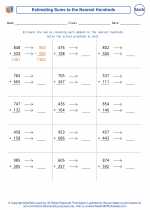Explanation of Quantity
Quantity refers to the amount or number of items in a set. It is the attribute that can be measured or counted using numbers. In mathematics, understanding quantity is fundamental as it forms the basis for learning about addition, subtraction, multiplication, and division.
Examples
1. Counting objects: Have students count a set of objects such as apples, pencils, or toys. For example, count 1, 2, 3, 4, 5 pencils.
2. Comparing quantities: Show students two sets of objects and ask them to compare which set has more or fewer items. For example, compare a set of 7 apples with a set of 5 oranges.
3. Measuring length: Introduce the concept of quantity in terms of length by measuring objects using non-standard units like paper clips or cubes.
Teaching Strategies
1. Hands-on activities: Use manipulatives such as counting blocks, buttons, or beads to help students physically count and compare quantities.
2. Visual aids: Use visuals like number lines, ten frames, or bar models to represent quantities and help students visualize the concept.
3. Real-life examples: Relate the concept of quantity to real-life situations such as counting money, measuring ingredients for a recipe, or estimating the number of people in a group.
.◂Math Worksheets and Study Guides Fourth Grade. Estimation
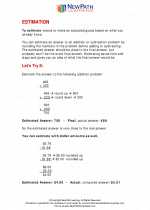
 Worksheet/Answer key
Worksheet/Answer key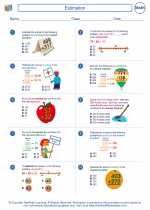
 Worksheet/Answer key
Worksheet/Answer key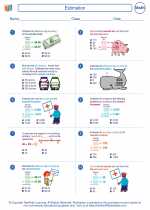
 Worksheet/Answer key
Worksheet/Answer key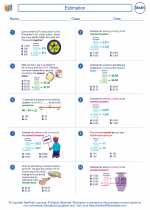
 Worksheet/Answer key
Worksheet/Answer key